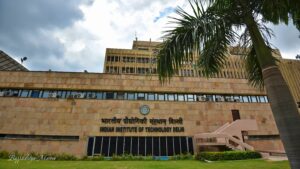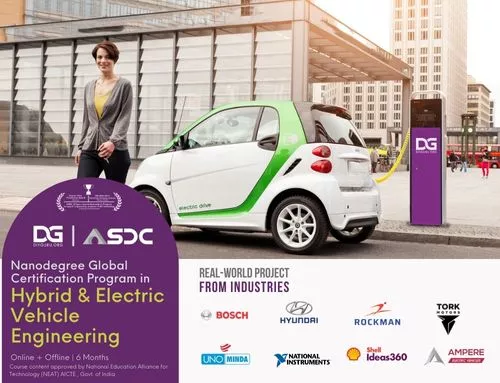What is Paris Agreement?
The Paris Agreement (French: l’accord de Paris) is an agreement within the United Nations Framework Convention on Climate Change (UNFCCC), on climate change mitigation, adaptation, and finance, signed in 2016. The agreement’s language was negotiated by representatives of 196 state parties at the 21st Conference of the Parties of the UNFCCC in Le Bourget, near Paris, France, and adopted by consensus on 12 December 2015. As of March 2021, 191 members of the UNFCCC are parties to the agreement. Of the six UNFCCC member states which have not ratified the agreement, the only major emitters are Iran, Iraq and Turkey, though Iraq’s president has approved that country’s accession. The United States withdrew from the agreement in 2020, but rejoined in 2021.
The Paris Agreement’s long-term temperature goal is to keep the rise in global average temperature to well below 2 °C (3.6 °F) above pre-industrial levels; and to pursue efforts to limit the increase to 1.5 °C (2.7 °F), recognizing that this would substantially reduce the risks and impacts of climate change. This should be done by reducing emissions as soon as possible, in order to “achieve a balance between anthropogenic emissions by sources and removals by sinks of greenhouse gases” in the second half of the 21st century. It also aims to increase the ability of parties to adapt to the adverse impacts of climate change, and make “finance flows consistent with a pathway towards low greenhouse gas emissions and climate-resilient development.”
Under the Paris Agreement, each country must determine, plan, and regularly report on the contribution that it undertakes to mitigate global warming. No mechanism forces a country to set a specific emissions target by a specific date, but each target should go beyond previously set targets. In contrast to the 1997 Kyoto Protocol, the distinction between developed and developing countries is blurred, so that the latter also have to submit plans for emission reductions.






















